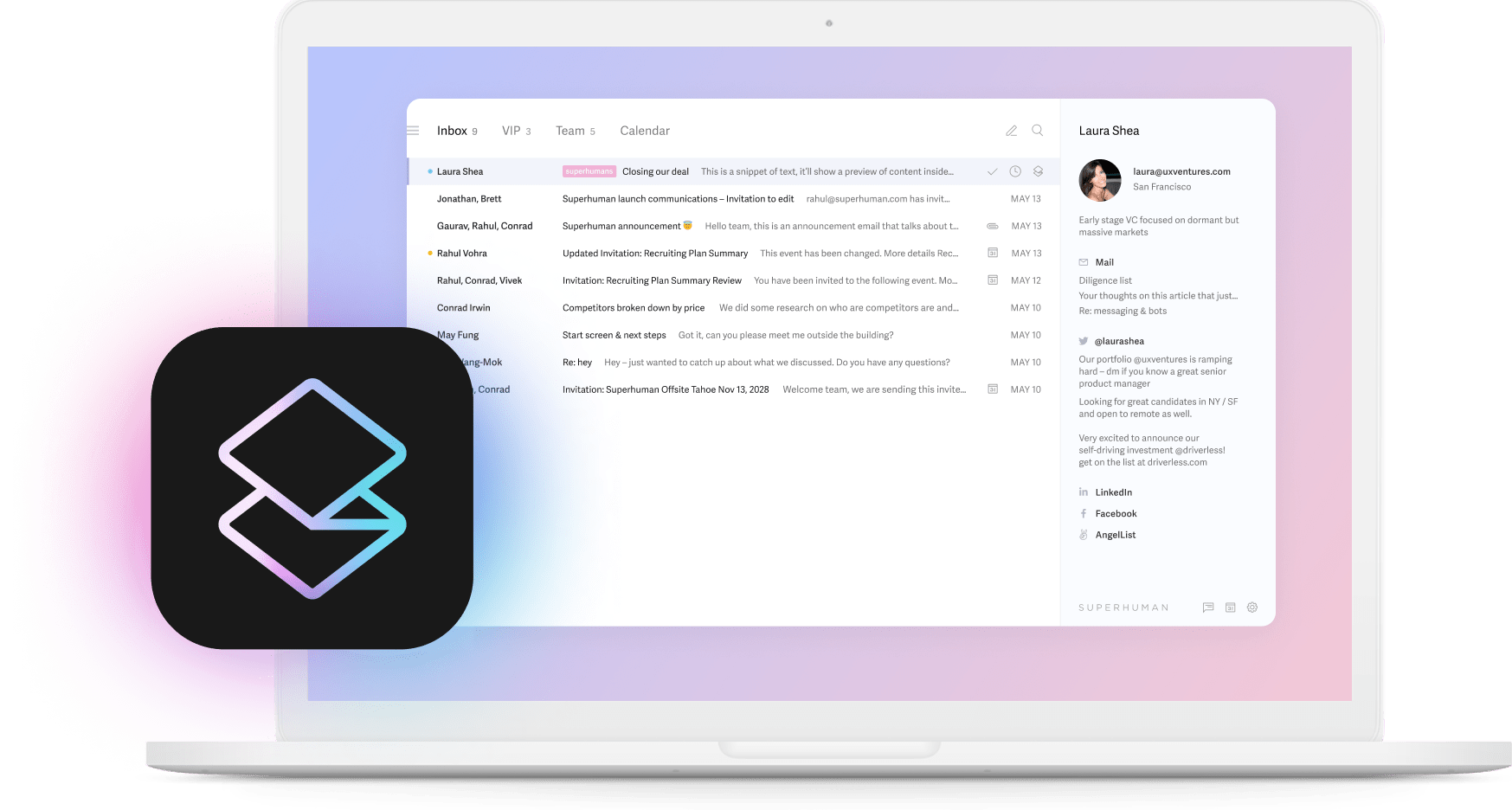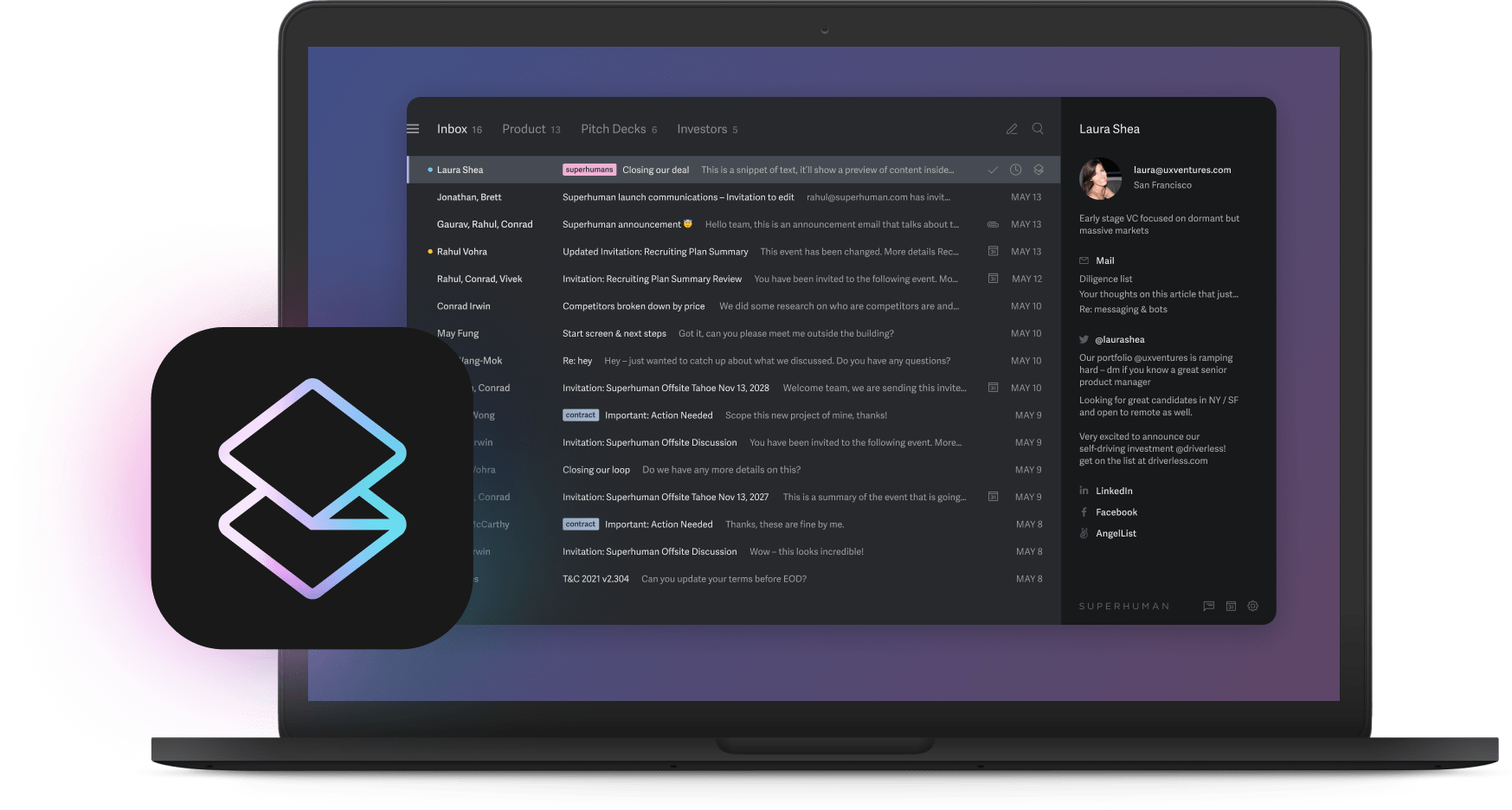
Instagram sold for a billion dollars with 13 employees. That was 2012. Today, AI-native companies reach that mark even faster, with even smaller teams. The game has fundamentally changed.
The old playbook is dead. Companies used to spend years adding chatbots to existing systems and call it digital transformation AI. Now AI native startups build entirely different beasts. The AI isn't helping the business, it is the business. Top performers are 3x more likely to see massive productivity gains because they start with AI at the core. Instead of getting a faster horse, they built a rocket ship. Most professionals already save 1 day a week with AI, but the companies building on AI from day one are seeing exponential returns that make incremental improvements look like rounding errors.
Digital transformation vs. AI-native strategy
Traditional digital transformation treats AI like a renovation project. You take what you have and add some smart features. Maybe your emails sort themselves better. Maybe your chatbot handles basic questions. The business runs the same way, just slightly faster.
But this approach fundamentally misunderstands what AI can do. AI-native companies work differently. Take away their AI and nothing's left. The entire business disappears. When image generation platforms create art, they are the creation engine. When language models write, they produce the content entirely.
This difference shows up in the results. AI-native companies consistently outperform traditional ones, not because they have better features, but because they built different companies. While traditional firms add AI to existing processes, AI-native companies design every process around AI from the start.
The implications are profound. These startups stay tiny while serving millions. They improve daily instead of quarterly. Their competitive advantage compounds with every customer interaction. Traditional companies can copy features, but they can't copy data that learns and improves over time.
This is why big corporations hire consultants to plan digital transformations that take years, yet two founders in a garage build an AI-native competitor that makes their industry irrelevant. This happens every month now, and the pace keeps accelerating. The companies treating AI as an add-on are losing to those who made it their foundation.
The data: How AI-native startups compress time-to-unicorn
This advantage shows up dramatically in the numbers. AI-native startups reach billion-dollar valuations years faster than traditional companies. What used to take a decade now happens while others are still planning. This speed difference isn't incremental. It's a complete reimagining of how companies grow.
Most professionals expect AI to drive at least a 3x increase in productivity over the next five years. For AI-native companies, that transformation already happened. The acceleration is undeniable, with companies reaching unicorn status in record time while maintaining minimal headcount. Remember Instagram's 13 employees? That's becoming the norm, not the exception.
The efficiency gap reveals itself in how these companies operate. Some AI-native companies serve millions of users with teams smaller than a traditional company's single department. The old model of scaling through headcount is obsolete because AI handles what used to require hundreds of employees. These companies do things that weren't possible before, not just the same things faster.
This transformation is happening where it matters most. More than half of every workday goes to email, messaging, and calendar. The companies transforming these core workflows with AI see the biggest gains. While others debate whether to adopt AI, the leaders are already reaping exponential benefits. The rest keep planning transformations that never finish, falling further behind with each passing month.
Anatomy of an AI-native unicorn
So what does a rocket ship company actually look like under the hood? Each billion-dollar AI startup found a different edge, but they share the same DNA.
Some leveraged real-time data streams that competitors couldn't access. While traditional companies train models on historical data, these startups learn from what's happening right now. The speed advantage compounds daily, creating an ever-widening gap between them and slower competitors.
Others built their moat around safety and trust. Enterprises need AI they can rely on, especially in regulated industries. Companies that prioritized responsible AI from day one captured the enterprise market because they solved the biggest barrier to adoption: fear of what could go wrong.
The code generation space exploded when AI moved beyond suggestions to writing entire programs. Development teams saw productivity multiply overnight when AI became a true collaborator, not just an autocomplete tool. This shift changed the economics of software development entirely.
Open source strategies created powerful network effects. When developers contribute improvements, the entire ecosystem gets stronger. The community becomes the competitive advantage, creating a moat that money alone can't replicate.
Privacy-first architectures won over industries that can't risk data exposure. Healthcare, finance, and government need AI that runs on-premises. Companies that built for privacy captured these massive markets by addressing their non-negotiable requirement.
The pattern is clear: laser focus plus AI at the core equals exponential growth. They all picked one thing and pushed hard. Perhaps most remarkably, solo founders now build million-dollar businesses by themselves. AI handles the development work, design tasks, and customer support that used to require entire teams. What once required venture funding and a full team now needs just one person with the right idea and AI tools.
Core principles of AI-native operating models
These unicorns succeed because they follow five fundamental rules that separate winners from everyone else.
The AI is the product. Forget about features or enhancements. We're talking about the whole thing. Remove the AI and nothing works. That's the test. This principle forces every decision through a simple filter: does this make the AI better or just add complexity?
Building on that foundation, ship daily. Old companies update quarterly, but when AI is your product, every day without improvement is a day competitors gain ground. You update constantly. Every customer makes your product smarter. By the time competitors copy you, you're ten versions ahead.
Speed alone isn't enough without data gravity. Every interaction should improve the next one, like Netflix recommendations getting better with each show watched. More users means better product means more users. This virtuous cycle creates a moat that deepens over time.
That compounding advantage accelerates when you let AI sell. Your product learns what converts, what features matter, who pays. Some companies generate millions per employee because the product sells itself. Forget automating sales emails. We're talking about products so good at solving problems that customers can't imagine working without them.
None of this matters if you ignore compliance from birth. Build audit trails and bias checks into your DNA. Companies that skip this die from their first scandal. But when done right, compliance becomes a competitive advantage, especially in regulated industries desperate for AI they can trust.
When you combine these principles, they work together and multiply each other's effects. Your product improves itself, sells itself, and protects itself. You've built a machine that grows without constant pushing. That's how rocket ships fly, through fundamentally different architecture.
Misconceptions and dead-ends of legacy digital transformation
While AI-native companies build rocket ships, most corporations still believe myths that keep them grounded. These aren't just bad ideas. They're fatal flaws that guarantee failure in the AI era.
"We'll add AI later." This is the most expensive mistake. Your old systems will fight every integration. Data lives everywhere. Teams protect territory. By the time you connect everything, startups own your market. The cost of retrofitting AI grows exponentially over time, while the benefits shrink as competitors pull ahead.
This technical debt leads to another dangerous myth: "AI replaces everyone." This misunderstands how AI actually works. AI takes over the boring tasks so humans can focus on interesting work. Smart companies pair them for better decisions. Headlines sell fear, but the reality is more nuanced.
Fear and misunderstanding breed unrealistic expectations. "Quick results guaranteed." Real transformation needs clean data, new workflows, culture change. Companies expecting miracles quit before benefits appear. They pull funding after one quarter of modest results, not realizing the exponential gains come later.
Even worse is the "Set it and forget it" mentality. Models drift. Biases creep in. Without oversight, helpful AI becomes lawsuits. This hands-off approach stems from treating AI like traditional software instead of a living system that requires constant attention.
All these myths stem from the biggest misconception: "It's just a better tool." This blindness kills companies. AI isn't a better hammer. It's a new way to build. Those who rebuild around AI create new business models. Those who don't create expensive failures.
The evidence is brutal. One-third of unicorns haven't raised money since 2021. They promised transformation but delivered chatbots. Markets know the difference now. Every myth you believe is another year you fall behind.
Roadmap: From Series A to unicorn with AI-native tactics
Want to build a rocket ship instead of renovating a horse? The fastest-growing AI companies follow this pattern through their funding rounds.
Seed to Series A: Find data nobody else has. Build a model that learns uniquely. Use existing infrastructure to prove one thing works perfectly. Make every customer interaction strengthen your moat. This foundation determines everything that follows. Get it wrong and no amount of funding fixes it.
Success at this stage unlocks Series A to B: Now make your product self-selling. Track the metrics that actually matter like cost per query, revenue per employee, and accuracy trends. Build ethics before you need them. Stay lean and let AI run operations. The goal goes beyond growth to building a machine that grows itself.
When that machine works, Series B to C becomes about scale. Costs should drop as volume rises. If they don't, your architecture is wrong. Sign data partnerships that widen your moat. Open your API and let others build while you focus on the core. This is where exponential growth separates AI-native companies from everyone else.
The checklist: Before any round, validate your fundamentals. Make sure your data moat deepens daily. Your revenue per employee should crush traditional software companies. Compliance needs to be built in from the start. Your team should be able to explain the AI without jargon. You need real customers who are buying and expanding their usage.
Hit these marks and watch funding rounds blur together. Each phase builds on the last, creating momentum that traditional companies can't match.
Sector spotlights and strategic playbooks
The AI-native principles work everywhere, but let's see them in action across three key sectors.
Enterprise productivity starts with email, where professionals lose four hours weekly. Superhuman shows what happens when you build email AI-native from the ground up. Split Inbox automatically prioritizes what matters, Shared Conversations eliminates forwarding chains, and Read Statuses shows engagement in real-time. Teams save 4 hours weekly, respond 12 hours faster, and process 72% more emails per hour. That's AI-native in practice. Email manages itself instead of managing you.
This productivity transformation extends to Professional services. The hourly billing model doesn't work anymore when AI reviews documents in minutes, not weeks. Small teams handle enterprise clients. Track revenue per person, turnaround time, and retention rates. Charge for outcomes instead of time. Show clients your AI improves constantly. The firms clinging to billable hours are losing to those selling results.
Financial services shows what happens when regulated industries embrace AI. Banks sit on data goldmines they can't touch until AI unlocks them. AI changes everything with instant fraud detection, same-day loans, and real-time risk models. Watch your default rates, approval speeds, and decision costs. Build explainability first or regulators will shut you down. Win by providing instant answers while competitors still schedule meetings.
The playbook works the same across every industry. Find where work gets stuck, automate that bottleneck completely, then measure the impact. When you do this right, you can outmaneuver companies ten times your size.
Future outlook: Agentic AI and the next wave of unicorns
By 2028, AI won't just follow orders. It'll make strategy. The preview's playing now, and it reveals how much further this rocket ship can fly.
AI-native companies claim growing shares of new unicorns, with some generating millions per employee. When AI agents run departments, those numbers will look quaint. We're moving from AI as a tool to AI as a teammate, and eventually to AI as a leader. This isn't science fiction. The building blocks exist today.
This shift transforms the entire employment landscape. Jobs will look completely different. We'll need people who train AI models, ensure ethical deployment, and design human-AI collaboration workflows. Traditional departments get replaced by small teams directing AI agents. One founder with the right AI tools can build what used to require hundreds of employees. Jobs won't disappear. They'll evolve into something unrecognizable.
The financial implications reshape everything we know about building companies. Money flows differently too. Companies reach profitability faster with AI, often needing just two funding rounds instead of five. Small teams can generate billions in revenue, making traditional IPO paths seem outdated. The whole venture model needs new math. Why go public when ten people can generate the revenue of a traditional Fortune 500 company?
Big companies see this tsunami coming. They buy AI startups desperately, trying to inject that DNA. Most of the time, the corporate culture rejects these changes like a bad transplant. Culture beats strategy, and legacy culture kills AI innovation.
The window is open right now. In five years, every company will be AI-native or struggling to survive. The companies starting today will own tomorrow's markets. Remember Instagram's 13-person team that seemed impossible? That's every company's future. Digital transformation AI is dead. The future belongs to companies born different. The question isn't whether to start anymore. It's whether you'll start before someone else builds a rocket ship in your industry.






